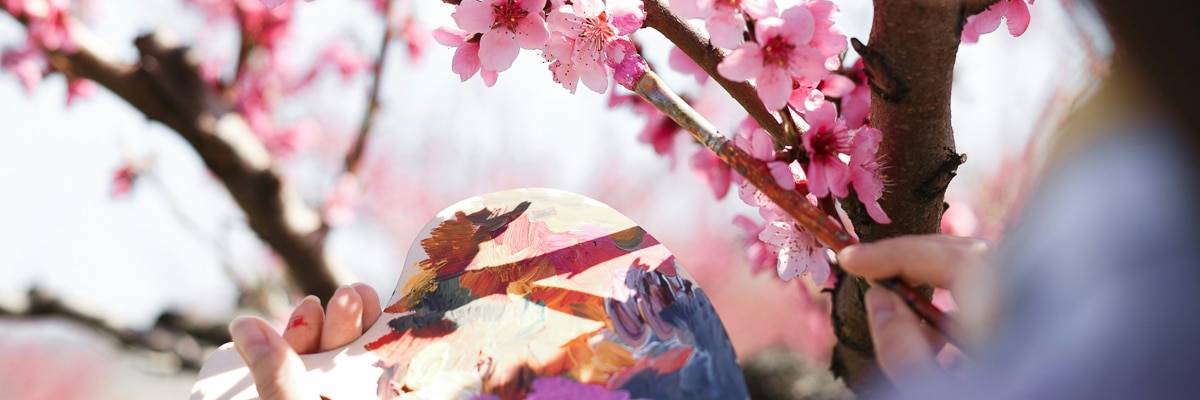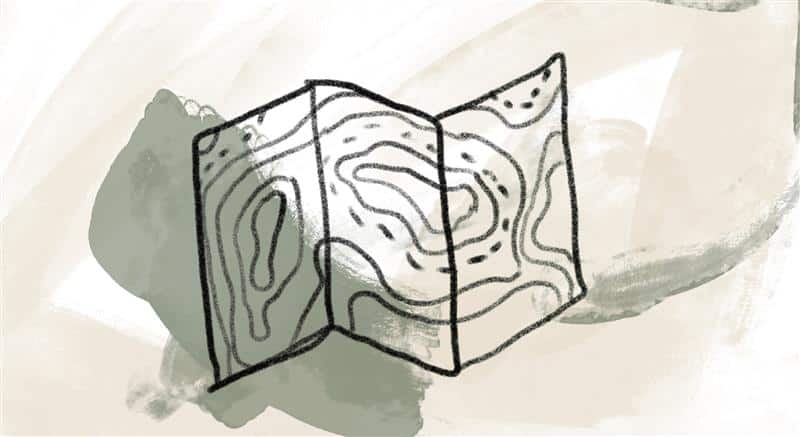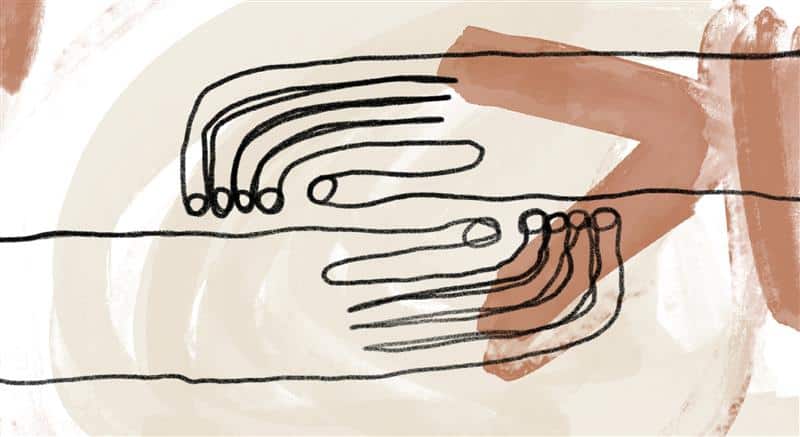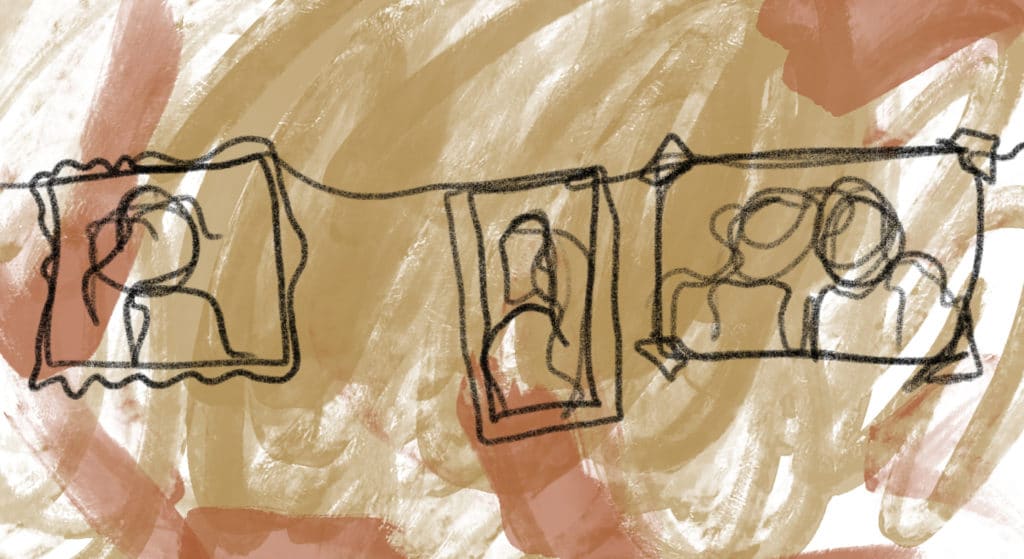
Indigenous Peoples’ Day
CAC affiliate faculty member Rev. Randy Woodley recounts the biblical story of creation as a model of harmony:
[In] Genesis 1 and 2, God creates everything, and calls it not just good, but “really good” (Hebrew tov ma-ov). Every creature and living system is excellent, in right order, and as it should be: embodying shalom. The Genesis account of creation purposefully shows the Creator taking time to fashion this harmonious cosmos.
God begins work with the celestial water, space, and sky, and then creates the terrestrial waters and the earth, including the plants, trees, and fruits. Next, God watches the seeds from those plants bear in kind. After that the Creator sets the celestial and the terrestrial in rhythm and balance as night and day; as summer, fall, winter, and spring; and as months and years. The waters are then filled with fish and the skies with birds, which all increase. Finally, after bringing animals into being, the Creator speaks human beings, both male and female, into existence.
One gets the sense from this Genesis account that the Creator enjoyed making the world. The work of creation was neither impetuous nor hurried, but deliberate and thoughtful, stretched out over time in order for the Creator to receive maximum pleasure. God’s creation-work is leisurely and sedate, unlike most Western capitalist modes of industrial creation. It is also remarkably diverse, unlike the homogeneity of today’s mass production systems. Each part of creation is differentiated, unique and fruitful, multiplying after its own kind. And yet, each part is incomplete without the whole; everything exists in interdependent relationships. The celestials regulate the balance of the terrestrials. The night compels all creation to rest as it brings refreshing coolness. The day provides new life and opportunities like warmth for plants, animals, and humans. The moon regulates the water. The sun regulates the seasons. The seasons regulate annual activities. Everything is in harmony, in balance with each other and with the Creator. It is a picture of a creation in community, a picture in which the audience is being asked to see both the beauty and symmetry of many parts in relation to the whole. [1]
Randy and Edith Woodley offer a word for this harmony found in creation:
In the Cherokee language, this concept of well-being is often called Eloheh (pronounced ay-luh-HAY). The Cherokee meaning of well-being is deep and resonant, and it is hard to capture in English. Eloheh means “well-being,” yes, but it means so much more. Eloheh—what some traditions call the Harmony Way—describes a state of being when all is as it should be or as it was created to be. Eloheh means that people are at peace, not at war; that the Earth is being cared for and producing in abundance, so no one goes hungry. Eloheh means people are treating each other fairly and that no one is a stranger for very long. [2]
References:
[1] Randy Woodley, “Early Dialogue in the Community of Creation,” in Buffalo Shout, Salmon Cry: Conversations on Creation, Land Justice, and Life Together, ed. Steve Heinrichs (Harrisonburg, VA: Herald Press, 2013), 97–98.
[2] Randy and Edith Woodley, introduction to Journey to Eloheh: How Indigenous Values Lead Us to Harmony and Well-Being (Minneapolis, MN: Broadleaf, 2024), 5–6.
Image credit and inspiration: Jennie Razumnaya, Blooming Peach Garden (detail), 2022, photo, Los Angeles, Unsplash. Click here to enlarge image. We’re invited into the beauty of creation, receiving and offering, just like this artist painting the petals of a cherry blossom.
Story from Our Community:
As a recovering alcoholic I find the Daily Meditations to be spot on for my journey of recovery. Seeing life through the lens of a loving and caring Creator is transformative and gives me hope to begin again each day walking in grace. Thank you for the daily reminder to walk in love.
—Gail M.




